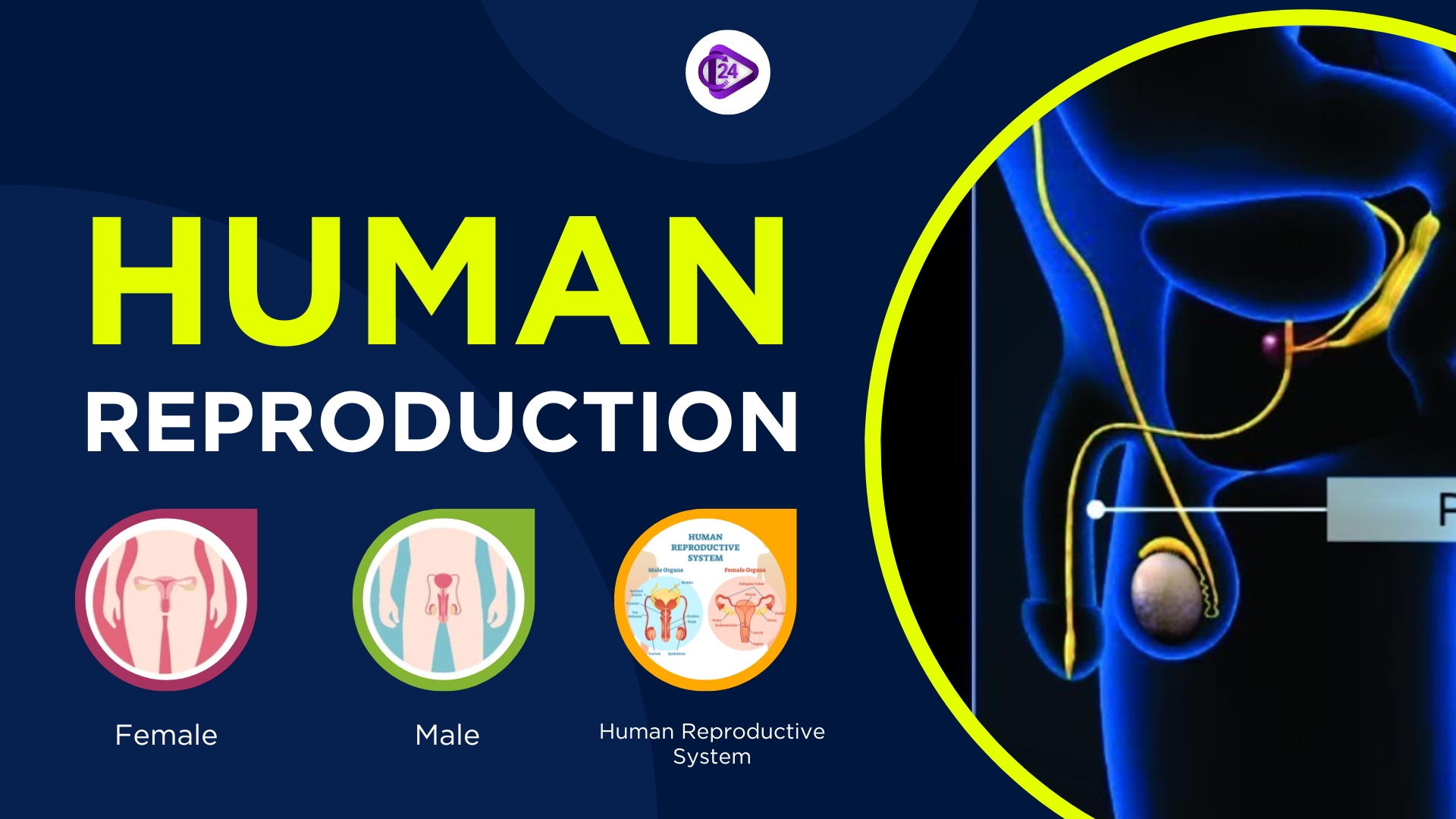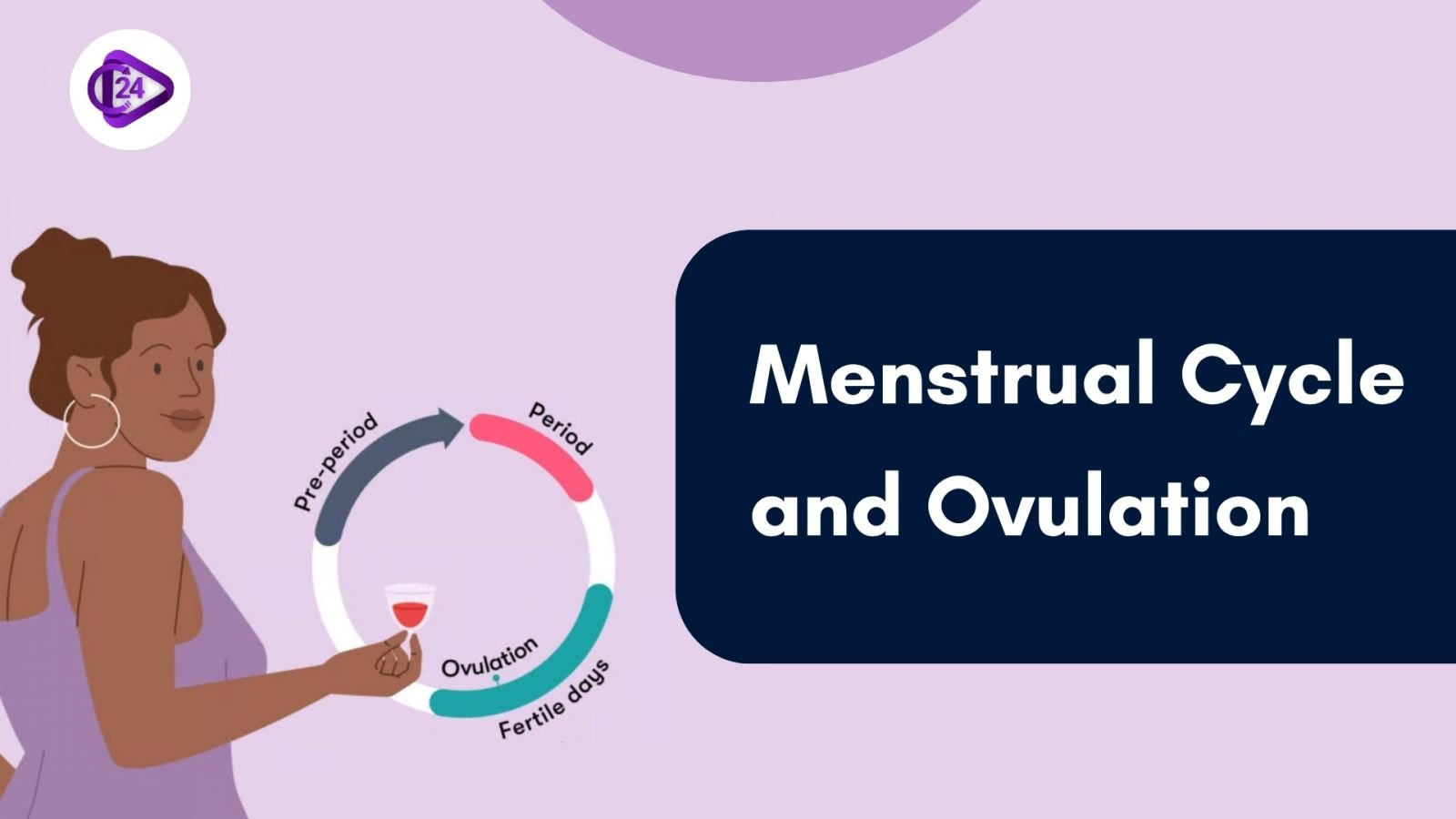Human Reproduction: Process, Systems, and Stages Explained

Human reproduction is among the most complex and interesting biological processes of nature. It is a process of making children out of two partners, usually, a male and a female by the combination of their reproductive bodies. This experience provides the survival of human species and is a vital part of biology, medicine, and human development. Not only is reproduction important in the survival of the species, but it also helps in the maintenance of genetic diversity which is important in the adaptation of humans to the different environmental challenges.
In this paper, we are going to address the different facets of human reproduction in detail. We will all see the process of human reproduction, starting with the structure of the male and female reproductive system, progressing to fertilization, pregnancy, and giving birth to a child. Also, we will discuss reproductive health, reproductive problems, contemporary reproductive technology, and ethical aspects of assisted reproduction. The development of these processes with time and the contribution of modern science to human conception will be discussed as well.
1. Male Reproductive System

The male reproductive system is responsible for producing sperm and delivering it to the female reproductive system for fertilization. This system includes several organs that work together to ensure the production, maturation, and delivery of sperm cells. The male reproductive system consists of both internal and external organs.
External Genitalia
- Penis: The penis is the external organ that delivers sperm into the female reproductive system during sexual intercourse. It contains the urethra, which serves as a passage for both urine and semen. The penis is also responsible for the ejaculation of sperm during orgasm.
- Scrotum: The scrotum is a pouch of skin that hangs below the penis and contains the testes. The scrotum helps regulate the temperature of the testes, which is crucial for the production of healthy sperm. Sperm production occurs optimally at a temperature slightly lower than the body’s core temperature.
Internal Organs
Testes: The testes (or testicles) are the male gonads responsible for producing sperm and the hormone testosterone. Testosterone is vital for the development of male secondary sexual characteristics such as facial hair, deep voice, and muscle mass. Sperm production occurs in the seminiferous tubules inside the testes.
- Seminal Vesicles: These glands produce a thick fluid that is rich in fructose, which provides energy for sperm. The seminal vesicles contribute to the majority of the fluid in semen.
- Prostate Gland: The prostate gland produces a milky fluid that helps neutralize the acidity of the vaginal environment, thereby protecting sperm during ejaculation. The fluid from the prostate gland also aids in sperm motility.
- Vas Deferens: The vas deferens is a muscular tube that carries sperm from the epididymis, where sperm are stored, to the urethra for ejaculation. During ejaculation, the sperm travels through the vas deferens and mixes with seminal fluid to form semen.
- Epididymis: The epididymis is a coiled tube located on the back of each testis, where sperm mature and are stored. Mature sperm are stored here until they are ready for ejaculation.
During sexual arousal, the brain signals the male reproductive organs to prepare for ejaculation. The sperm from the epididymis travels through the vas deferens and mixes with the fluids from the seminal vesicles and prostate gland. This mixture of sperm and fluid is called semen. When a male reaches sexual climax (orgasm), semen is ejaculated through the penis into the female reproductive tract.
2. Female Reproductive System

The female reproductive system is designed to produce eggs (ova), support fertilization, and nurture a developing fetus during pregnancy. It consists of both external and internal structures that play critical roles in reproduction.
External Genitalia
- Vulva: The vulva refers to the external female genitalia, which includes the labia majora, labia minora, clitoris, and the vaginal opening. The vulva serves as the entry point to the vagina, where sperm are deposited during intercourse.
- Clitoris: The clitoris is a highly sensitive organ that plays a significant role in female sexual pleasure. It is located at the top of the vulva and contains many nerve endings.
- Labia Majora and Labia Minora: These are the folds of skin that protect the internal genital organs. The labia majora are the larger, outer folds, while the labia minora are the smaller, inner folds.
Internal Organs
- Ovaries: The ovaries are the female gonads responsible for producing eggs and the hormones estrogen and progesterone. At birth, a female has a finite number of eggs, which gradually decrease in number as she ages. Each month, a mature egg is released from one of the ovaries in a process called ovulation.
- Fallopian Tubes: The fallopian tubes (also called uterine tubes) are a pair of tubes that connect the ovaries to the uterus. The fallopian tubes are where fertilization typically occurs. During ovulation, the egg is released from the ovary and enters the fallopian tube, where it may meet and be fertilized by sperm.
- Uterus: The uterus, or womb, is a hollow, muscular organ that houses and nourishes a developing fetus during pregnancy. It has a thick lining, called the endometrium, that thickens each month in preparation for implantation of a fertilized egg. If pregnancy does not occur, the lining is shed during menstruation.
- Cervix: The cervix is the lower part of the uterus that connects to the vagina. During childbirth, the cervix dilates to allow the passage of the baby.
- Vagina: The vagina is a muscular tube that connects the uterus to the external genitalia. It serves as the passage through which sperm enter during intercourse and through which a baby is delivered during childbirth.
3. Fertilization

Fertilization is the process in which a sperm cell from the male merges with an egg cell from the female. This process usually occurs in the fallopian tubes, where the sperm travels through the cervix and uterus to reach the egg. Once a sperm penetrates the egg, their nuclei fuse, forming a zygote, a single-cell organism.
The zygote begins to divide through a process called cleavage, forming a ball of cells called a blastocyst. The blastocyst travels down the fallopian tube into the uterus and implants itself into the uterine wall. This marks the beginning of pregnancy.
4. Pregnancy

Pregnancy lasts approximately 40 weeks, divided into three trimesters. The first trimester is the period of rapid development, where the embryo becomes a fetus. During the second trimester, the fetus grows larger and develops more complex features, including limbs and facial features. The third trimester involves further growth and preparation for birth.
Placenta and Hormones
The placenta forms after implantation and serves as the interface between the mother and the fetus. It provides oxygen and nutrients to the developing baby and removes waste products. The placenta also produces hormones, such as human chorionic gonadotropin (hCG), that support pregnancy.
Throughout pregnancy, hormonal changes, particularly increases in progesterone and estrogen, help maintain the pregnancy and prepare the mother’s body for labor. These hormones also regulate the growth and function of the placenta and uterus.
5. Childbirth
Childbirth, also known as labor, typically occurs around 40 weeks of gestation. Labor is divided into three stages:
- Stage 1: The cervix dilates, and contractions become stronger and more frequent. This stage can last for several hours.
- Stage 2: The baby is pushed through the birth canal. This stage ends with the delivery of the baby.
- Stage 3: The placenta is delivered after the baby is born.
Childbirth can occur vaginally or through a cesarean section (C-section) if complications arise.
6. Menstrual Cycle and Ovulation

The menstrual cycle is the process by which a woman’s body prepares for potential pregnancy each month. It typically lasts 28 days, though it can vary. The cycle is divided into several phases:
- Menstrual phase: The shedding of the uterine lining, which results in menstruation (period).
- Follicular phase: The pituitary gland releases follicle-stimulating hormone (FSH), which stimulates the ovaries to produce follicles containing eggs.
- Ovulation: The mature egg is released from the ovary, usually around day 14 of a 28-day cycle. Ovulation is the time when a woman is most fertile.
- Luteal phase: After ovulation, the empty follicle becomes the corpus luteum, which secretes progesterone to maintain the uterine lining. If pregnancy does not occur, the corpus luteum dissolves, and menstruation begins again.
7. Reproductive Health and Fertility

Reproductive health is an essential aspect of overall well-being. For both men and women, maintaining healthy reproductive systems is important for fertility and avoiding diseases. Regular checkups, safe sex practices, and awareness of potential issues such as polycystic ovary syndrome (PCOS), endometriosis, and erectile dysfunction are important for preventing and managing reproductive health problems.
Assisted reproductive technologies, such as in vitro fertilization (IVF), have helped individuals facing infertility issues. IVF involves retrieving eggs from a woman’s ovaries, fertilizing them in a laboratory, and implanting the embryos in the uterus.
Conclusion
Human reproduction is a complex and vital process that ensures the survival of the species. From the production of reproductive cells to the development of a fetus and eventual birth, each stage plays a significant role in bringing new life into the world. Advancements in medical science and technology continue to improve our understanding of human reproduction and have provided new solutions to fertility challenges. As we continue to explore the mysteries of human reproduction, it remains one of the most important aspects of biology and human life.




